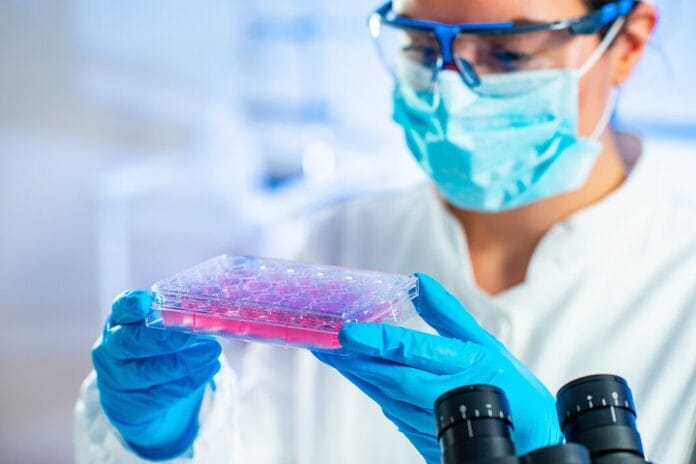Recent research conducted by ADA Forsyth scientists tested new technology that promotes the formation of stem cells that can differentiate into dentin, bone, cartilage, or fat to enhance the treatment of endodontic diseases. Beyond dentistry, it has huge potential for the regenerative medicine field.1,2
The study explores the regenerative potential of resolvins, mainly Resolvin E1 (RvE1), when applied to dental pulp. Resolvins belong to a broader category known as specialized proresolving mediators (SPMs). They are naturally occurring molecules within the body, known for their remarkable efficacy in controlling excessive inflammation associated with various diseases.1
The Study
Dr. Thomas Van Dyke, Vice President at the Center for Clinical and Translational Research at ADA Forsyth and the leading scientist behind the study, emphasized the significance of their findings: “Pulpitis, which entails inflammation of the dental pulp, is a prevalent oral health concern that can escalate into a serious health issue if not treated appropriately. While root canal therapy (RCT) has proven effective, it is not without its challenges, as it involves the removal of substantial portions of dentin and may lead to tooth dryness, increasing the risk of future fractures. Our primary objective is to develop a method for regenerating pulp tissue instead of merely filling the root canal with inert materials.”2
Typically, tissue inflammation results from tooth damage due to trauma, caries, or fractures, and if left untreated, it can quickly lead to pulp deterioration and subsequent complications.1
The research team administered RvE1 to various degrees of infected and damaged pulp to investigate its regenerative and anti-inflammatory properties. Using a mouse model, researchers applied RvE1 to pulps with and without microbial infection.1
The Results
Their study revealed two significant findings. Firstly, it demonstrated the remarkable efficacy of RvE1 in promoting pulp regeneration and odontoblastic differentiation when used in direct pulp-capping of vital or living pulp, effectively replicating conditions resembling reversible pulpitis. Additionally, they pinpointed the specific mechanisms underlying tissue regeneration.1
Secondly, the scientists observed that applying RvE1 to exposed and severely infected or necrotic pulp did not facilitate regeneration. Previous in vitro research has indicated that when the infected root canal is adequately cleansed before RvE1 treatment, pulp regeneration does occur. Nevertheless, this treatment effectively slowed the infection rate and addressed inflammation, preventing periapical lesions that typically manifest in such infections.1
Conclusion
Although this study primarily focused on applying this technology in treating endodontic diseases, its therapeutic implications extend far beyond dentistry.1
Dr. Van Dyke elaborated, “Since the application of RvE1 to dental pulp promotes the generation of stem cells capable of differentiating into dentin, bone, cartilage, or fat, this technology holds immense potential for the field of regenerative medicine, extending beyond dental tissues. For instance, It could be harnessed to grow bones in other parts of the body.”2
Newer technologies and research are broadening the field of dentistry. Perhaps, in the future, regenerating tissues may replace the old “drill and fill” model dentistry has utilized since the practice’s inception.
Before you leave, check out the Today’s RDH self-study CE courses. All courses are peer-reviewed and non-sponsored to focus solely on pure education. Click here now.
Listen to the Today’s RDH Dental Hygiene Podcast Below:
References
- Wu, Y.C., Yu, N., Rivas, C.A., et al. RvE1 Promotes Axin2+ Cell Regeneration and Reduces Bacterial Invasion. Journal of Dental Research. 2023; 102(13): 1478-1487. https://doi.org/10.1177/00220345231197156
- Forsyth Institute. (2023, December 1). Scientists Work to Bring Tissue Regeneration to Replace Root Canal Treatment. ScienceDaily. www.sciencedaily.com/releases/2023/12/231201123734.htm











